Trading by Numbers: Scoring Strategies for Every Market
$21.20
| Author(s) | , |
|---|---|
| Format |
|
| Pages |
253 |
| Publication Year |
2012 |
In Trading by Numbers, they present a scoring system that uses a trend score and a volatility score, removing the guesswork and giving you a solid guide to the markets. Based on the score, the authors provide a toolkit of option strategies that are best to execute in each specific situation. Using common indicators and patterns, the book provides analysis for choosing your right strategy while managing risk.
Introduction:
The genesis of this book came from a very simple concept. We wanted to write a book that we wished was available when we started our trading careers. As hard as it may be to believe now, it wasn’t too long ago that a new trader pretty much had two choices for learning the markets: (1) Find an experienced trader who would let you shadow his every move or (2) open an account and hope you had equity left over after you learned all the painful and expensive lessons. Sure, there have always been the in-depth books that cover various trading topics in excellent detail, but most never seemed to have that practical edge—the kind of edge that takes the material from the realm of the academic to the realm of being real-life applicable.
Trading by Numbers is our attempt to provide the necessary depth for understanding the markets and strategies while still maintaining a level of practicality that allows you to try these strategies on your own tomorrow. We wanted to provide you with a user’s manual, rather than a reference book.
The material is presented in two main sections. The first four chapters lay out an approach to adding structure to your analysis. The two key market dimensions that every trader must understand are trend and volatility. Chapter 1 sets the stage for analyzing trend and volatility by examining the role of technical analysis. Chapter 2 discusses trends and how to quantify them for your trading decisions. We want to be clear that we’re not ascribing a level of precision that doesn’t exist in the markets. Rather, the goal of scoring is to help you remove emotion and opinion from the process so that you can take an honest look at what the market is trying to tell you. Chapter 3 follows with a structured, quantified approach to market and trade candidate volatility. The result of both chapters will be a two-dimensional score that will help you choose the appropriate strategy.
Chapter 4 is a stand-alone chapter discussing risk and how to manage it in an uncertain market. In our view, managing risk is perhaps the most important discipline you can master in the markets. For many traders, we recommend starting with Chapter 4 if you are not inclined to read a book through in sequence.
The second major grouping of the book begins with Chapter 5 and continues through to Chapter 16. Each of these chapters deals with a different strategy. We start with some of the simpler strategies such as covered calls in Chapter 6 and move on to more complex strategies like the iron condor in Chapter 16. While we generally have sequenced these according to complexity and the order in which many traders naturally learn them, you can start anywhere and jump around at will. If you already understand basic directional strategies, feel free to start with straddles and strangles in Chapter 8. The point is that each strategy mostly stands alone, so there’s no requirement to take them in the order presented. On the few occasions where we do reference other material, we include the chapter reference for you to easily review.
You’ll notice that we liberally apply stories to the strategies, especially in the introductions. Our style of teaching is to establish a common understanding of concepts from other life experiences and then draw the parallels to the trading strategy. While not perfect, we hope it better accomplishes our goal of making this text more usable. Finally, we want to thank our model (albeit fictitious) trader, Frank, for serving as the example of the strategies in action. By seeing examples of the strategy played out, we trust you’ll gain a better appreciation of when to use or forgo the various options available to you.
Contents:
- Market Scoring
- Trend Scoring
- Volatility Scoring
- Protecting Your Position
- Covered Calls
- Long Calls
- Long Puts
- Straddles and Strangles
- Debit Spreads
- Cash-Secured Puts
- Credit Spreads
- Horizontal Spreads
- Diagonal Spreads
- Index Options
- Butterfly Spreads
- Iron Condors
Trading by Numbers: Scoring Strategies for Every Market By Rick Swope, W. Shawn Howell pdf
10 reviews for Trading by Numbers: Scoring Strategies for Every Market
Clear filtersOnly logged in customers who have purchased this product may leave a review.

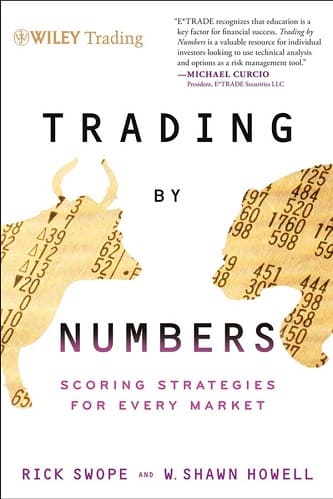

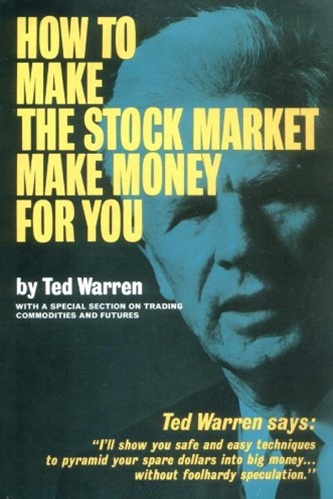
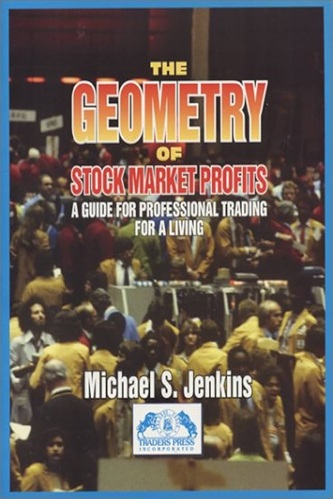
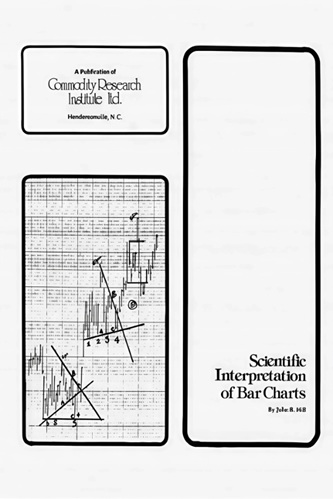

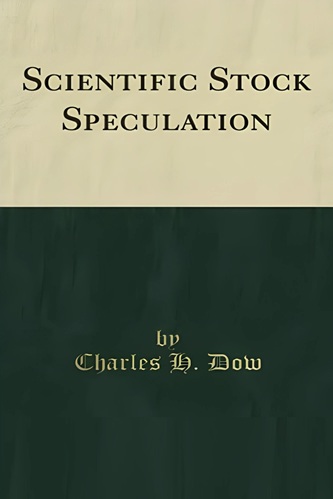

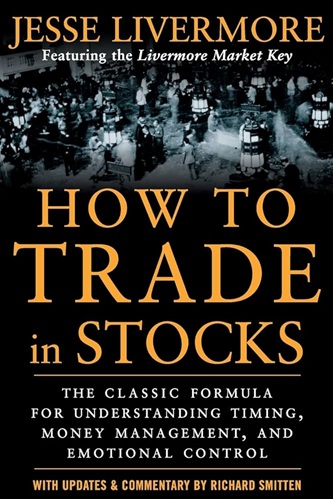
Noe Clarke (verified owner) –
The book has written with the intention to be a manual. It does not read like a technical manual, with well played out and visually appealing examples. It read like a novel with many unnecessary stories. To me, it lacks easy to follow practical examples with numbers.
There are examples in there. To understand them, you got read through all the unnecessary excessive text. Numbers are buried somewhere there. I come from engineering background, expecting in a manual clearly stated problem, data, methods and solution. I do not see it here. Also, included DVD is not Mac compatible. (.arf format). Most disappointing.
Kaitlyn Booker (verified owner) –
It never ceases to amaze me how the Pro Market Advisors (Rick & Shawn), manage to make complex information so accessible and easy to understand. I’ve seen several of their speaking events and they’re exactly the same. This book works to empower you as an investor. The strategies on how to “score” the market are indispensable, and for that knowledge alone I highly recommend this book!
Elliot Andersen (verified owner) –
Excellent book. A must read for all stock traders out there. Get this ebook and your life will never be the same again
Dominik Hudson (verified owner) –
I listened to 2 online seminars by the authors before I bought the book.
Their presentation is informative and presented in a factual manner.
Samantha Garrison (verified owner) –
Useful guide to trading options with analogies to help you understand the concepts from different perspectives.
I recommend this book for anyone looking to start options trading.
Kamila Hayden (verified owner) –
Not as inciteful as I thought it would be having listened to the author speaking live
Kristian McKay (verified owner) –
Best book I have read on option strategies; I saw Shawn Howell–one of the authors at an etrade seminar; he was so good I bought the book and have really gotten more out of it than any of the other investment books I have read; very clear explanations of option spreads and the importance of assessing probability in a trade; this book has made me money
Leroy Roth (verified owner) –
Very clearly written, with specific examples given for each strategy, including when/how to use each strategy and how to manage positions. Highly recommended.
Leanna Arias (verified owner) –
I took private education courses from Pro Market Advisors (authors of this book) and read Trading By Numbers. I was an absolute novice when I started and now, less than five months later, trade like a professional. Number one is RISK MANAGEMENT, which helps greatly with profitability. It also serves to dispel myths about options trading. If you want to learn how to trade CORRECTLY, do yourself a favor and get this book. I highly recommend it and hope it means as much to others as it does for me.
Alec Hughes (verified owner) –
Forty years ago I was an investor. At that time the philosophy was: “Buy a stock with good fundamentals and hold on to it. It’ll climb. The market always goes up.” I was in college when the Dow Jones Index first broke 1,000. Now it is 12 times that! “The market always goes up.”
Maybe, but individual stocks don’t. I held Eastman Kodak when it was $140/share. They are now bankrupt. I did not get caught in the dot-com bubble because I had lost over $100,000 in the late eighties by buying and holding, and got out of the market.
Now I am back in, as a TRADER (Note: this is NOT day trading). Today the market is way down, but by using strategies taught in TRADING BY NUMBERS, my positions are making me money. Oh, sure, I’ve lost on more trades than I’ve gained, but the authors, Rick and Shawn, stress RISK MANAGEMENT above all else, so I’ve managed the losses, kept them small, while I have let the profitable trades run.
It is more work being a trader than an investor, but it is more profitable in the long run, fascinating, and a lot of fun. Following the strategies in TRADING BY NUMBERS won’t make you a millionaire over night, but it will teach you how to make money in all sorts of markets, and to do so safely and regularly.